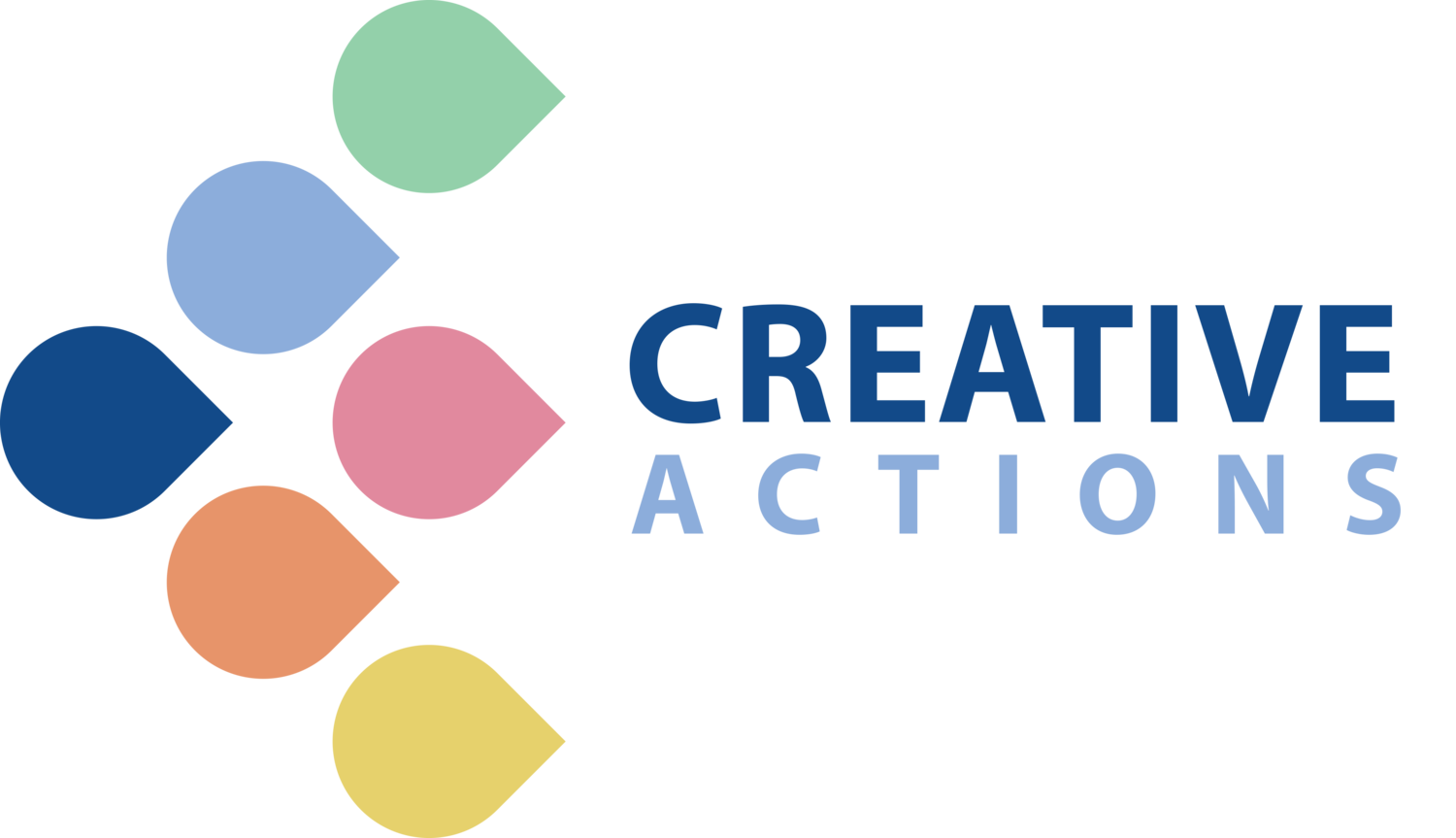CREATIVE LEARNERS
Professional Learning benefits students in building their own language of creativity as well as their creative competencies as independent learners
Program 1 - Creativity in the Classroom
What it means to be a creative student.
Students will be shown how creativity has its place in all subjects.
a. Do we think we are more creative in some subjects than in others? Why?
b. What are the key attitudes and attributes you need to be creative in your subjects?
c. What does it mean to be an effective collaborator?
d. What are the key elements of effective problem solving?
Program 2 - Independent Learning Workshop
Students learn inside the classroom and outside the classroom.
Research in the science of creativity has confirmed that students who are more creative with their independent learning strategies achieve higher academic results. Studies also report that students who tried new ways of independent learning during Covid lockdown had higher levels of resilience and lower levels of stress.
Student workshops involve three phases:
a. Creative Transfers - how students record their learning in lessons is important to their development of knowledge and skills. How do students know if their current methods are efficient and effective?
b. Creative Consolidation - students need to summarise and consolidate their information so that it can be used for homework and assignments. Which methods are the most effective?
c. Creative Retrieval - students need to recall information when doing tests or exams. What are the best strategies to use?
Program 3 - Measuring student creativity
We know that creative competencies have a positive impact on academic achievement. Identifying baseline student creativity enables the identification of appropriate interventions.
a. Brief measure of student creativity in Maths, English and Divergent Thinking
b. Development and implementation of explicit teaching examples within targeted components
c. Repeat of brief measure to demonstrate capacity building

